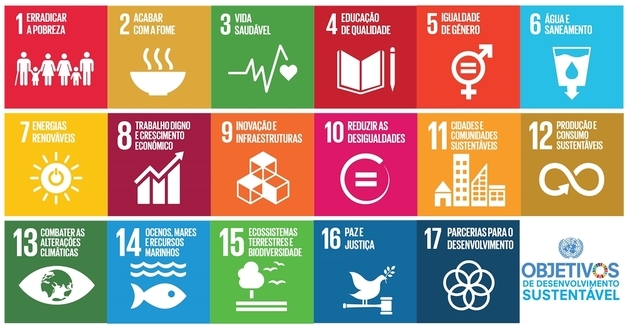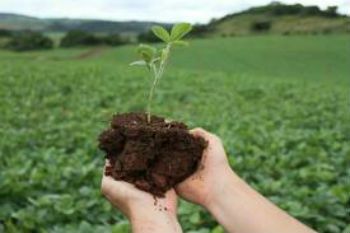The environmental problems in Brazil began to worsen between 1930 and 1970, when the movement of industrialization and urbanization fostered development, but did not adequately think about the issue of protection of the environment.
Despite the control measures that have emerged over the years, population and industry growth continually challenge the fight against environmental degradation.
Currently, the main Brazilian environmental problems are:
- logging;
- open-air garbage dumps;
- water pollution;
- air pollution;
- ground pollution;
- burned.
Deforestation: the most serious
O Logging it is one of the most serious and oldest Brazilian environmental problems, as it began with the exploration of pau-brasil, right after the arrival of the Portuguese in 1500.
Over the years, this problem has worsened as Brazil has been urbanized, agricultural activity has expanded and the country has become the third largest wood producer in the world.
Environmental impacts:
- destruction of biodiversity;
- soil erosion;
- global warming.
Learn more about deforestation in Brazil.
Open-air garbage dumps: failing collection systems
Dumps are serious environmental problems in Brazilian cities. The same is aggravated by the increase in population and, consequently, the increase in waste production, due to the lack of collection systems and proper treatment of waste.
Environmental impacts:
- production of leachate and consequent contamination of soil and water;
- global warming;
- production of toxic gases.
Water pollution: lack of treatment
THE water pollution is another one of the big environmental issues in Brazil. The lack of sewage treatment is one of the main causes, since a large part of domestic sewage is released into the water. The problem is aggravated by the increase in population and the consequent increase in waste production.
According to ANA - National Water Agency, Brazil holds 12% of the planet's water reserve, of which only 4% is suitable for consumption.
Environmental impacts:
- destruction of biodiversity (fauna and flora);
- lack of quality water for consumption;
- threaten people's living conditions.
Air pollution: release of carbon dioxide
THE air pollution or atmospheric is also a strong environmental problem in Brazil, whose country is one of those that releases the most carbon dioxide, harming the environment.
Air quality is compromised by the advance of the industry and the great concentration of automobiles.
Environmental impacts:
- holes in the ozone layer;
- climate change such as global warming;
- intoxication of water, fauna and flora.
Soil pollution: use of pesticides
THE ground pollution it results from the use of pesticides, in addition to the production of garbage and the incorrect disposal of chemical products.
Used in order to control diseases and pests in plantations, pesticides have environmental imbalance as their main risk. Unfortunately, Brazil is the country that most uses pesticides in the world.
Environmental impacts:
- soil impoverishment;
- water contamination;
- destruction of biodiversity (fauna and flora).
Fires: farm
most of the burned are associated with the farm. The problem is that this uncontrolled practice causes serious environmental problems.
Unfortunately, the area burned in Brazil has increased in recent years.
Environmental impacts:
- desertification;
- air pollution;
- soil impoverishment.
Learn more about the topic:
- Fires in the Pantanal
- Environmental problems
- Environmental disasters in Brazil
- Exercises on environmental problems


